About food labels
Select the food label sections below to learn about the different label elements.
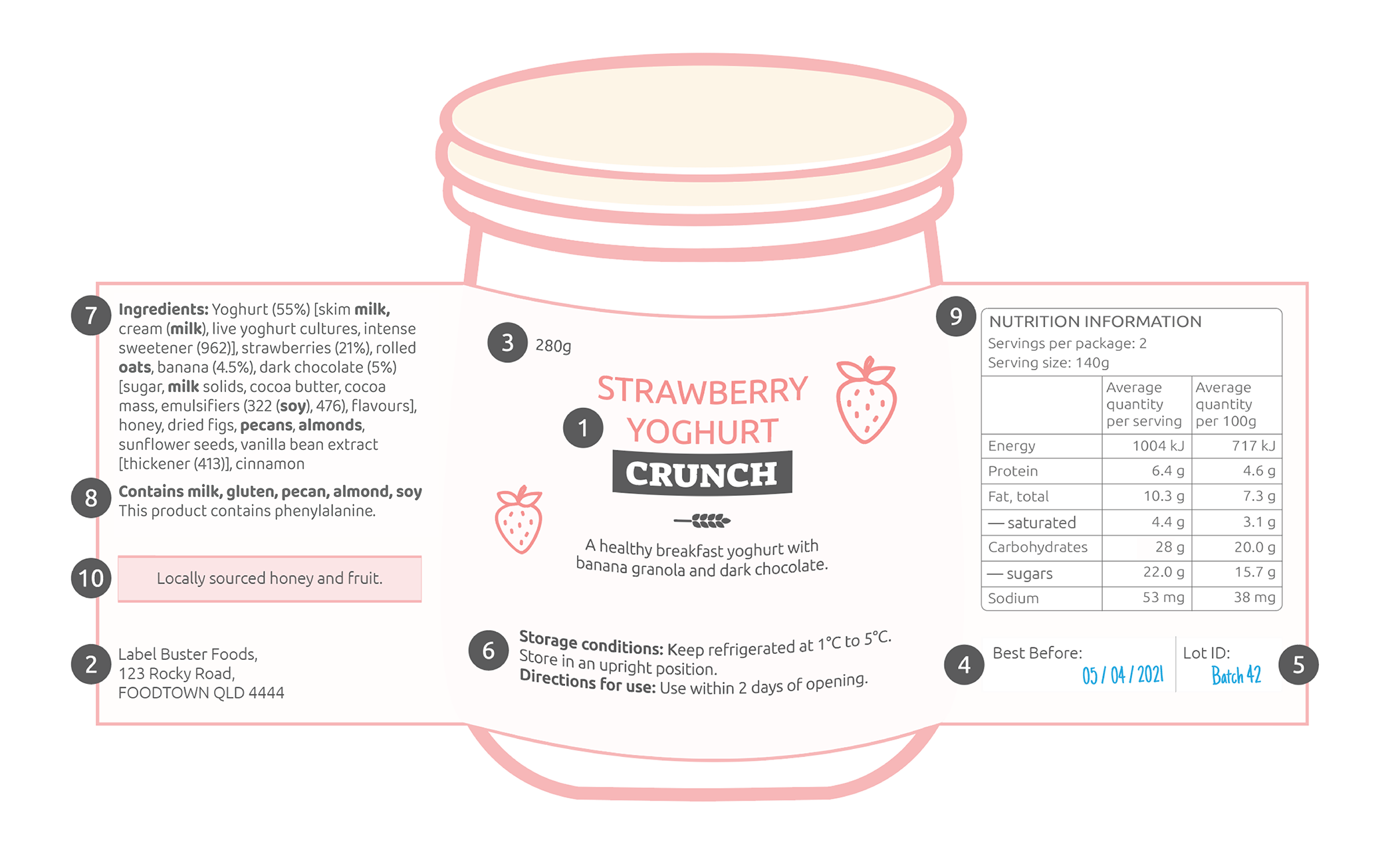
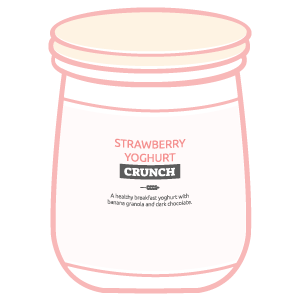 Food labels must show the name of the food to help identify the food.
Food labels must show the name of the food to help identify the food.
The name and description of the food must reflect its true nature. For example, strawberry yoghurt must contain strawberries. If the yoghurt contained strawberry flavouring rather than real fruit, then the name would need to indicate that it is strawberry-flavoured yoghurt.
If the name of the food does not reflect its true nature, then you must include a description of the true nature on the label. For example, Luke’s Hot Sauce (red chilli pepper sauce).
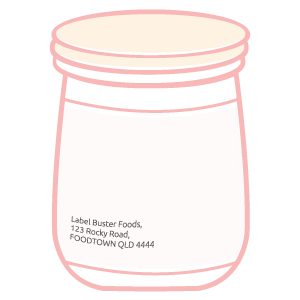 To help customers identify where food has come from or to identify food during a food recall, a food label must include the following business details:
To help customers identify where food has come from or to identify food during a food recall, a food label must include the following business details:
- name of the business supplying the food
- business address in Australia or New Zealand, or a description of the location, of the premises where the business is being operated. A postal address cannot be used.
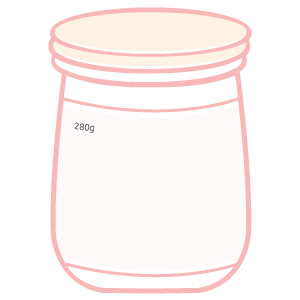 The National Measurement Institute is responsible for making sure food is measured and weighed correctly, and that the food is labelled with the correct weight and unit.
The National Measurement Institute is responsible for making sure food is measured and weighed correctly, and that the food is labelled with the correct weight and unit.
For example, food labelled as being 500g should weigh 500g and use the metric system of grams (g), kilograms (kg), millilitres (mL), litres (L), etc.
Visit the NMI website for more information on how to comply with the laws around weights and other measures.
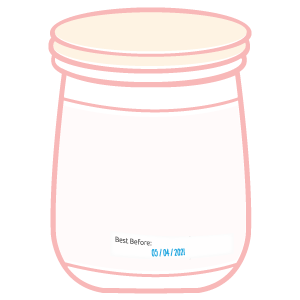 Food packaged with a shelf life of 2 years or less must show a date mark.
Food packaged with a shelf life of 2 years or less must show a date mark.
Use by – used for food that must be consumed before a certain date for health and safety reasons. Food with a use by date can not be sold past this date.
Best before – used for shelf-stable foods such as biscuits and confectionery, frozen foods, most raw foods that will be cooked before being eaten (e.g. meat, chicken, fish) or foods that will noticeably spoil before becoming a safety issue. Food with a best before date can be sold after this date if it is safe and suitable.
Bread with a shelf-life of less than 7 days, can use a baked-for date or baked-on date instead of a best-before date.
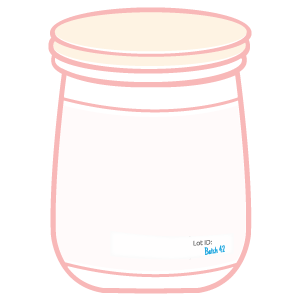 The lot identification means a number or other information that identifies where the food was made and the batch it was part of.
The lot identification means a number or other information that identifies where the food was made and the batch it was part of.
It is not always necessary to include a lot identification on a label if a date mark, business name and address can identify the food.
If date marking is not required, lot identification must be added so that the food can be identified.
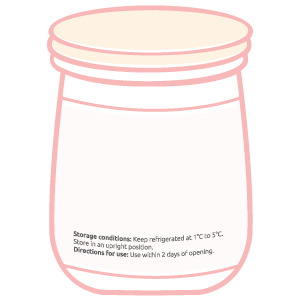 Storage conditions
Storage conditions
To keep food until its best-before or use-by date include storage conditions on your label.
Directions for use
A food label must have directions on how to use or prepare the food if needed for health and safety reasons.
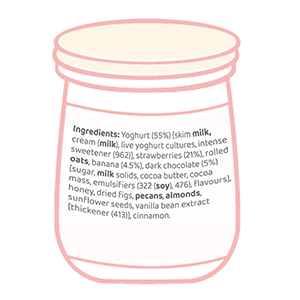 A food label must contain a list of ingredients. The Food Standards Code has rules that describe how each ingredient must be listed, what it is called and how the list is formatted. There are also extra requirements if an ingredient contains allergens.
A food label must contain a list of ingredients. The Food Standards Code has rules that describe how each ingredient must be listed, what it is called and how the list is formatted. There are also extra requirements if an ingredient contains allergens.
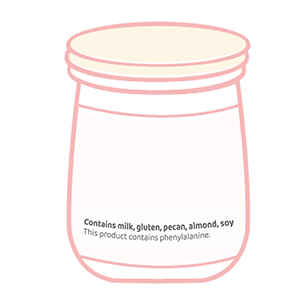 To help consumers avoid foods that are not safe for them to eat due to health conditions they may have, the Food Standards Code lists mandatory advisory statements, warning statements and allergen declarations that must be shown on a food label depending on the type of food and its ingredients.
To help consumers avoid foods that are not safe for them to eat due to health conditions they may have, the Food Standards Code lists mandatory advisory statements, warning statements and allergen declarations that must be shown on a food label depending on the type of food and its ingredients.
For further information see allergen labelling requirements.
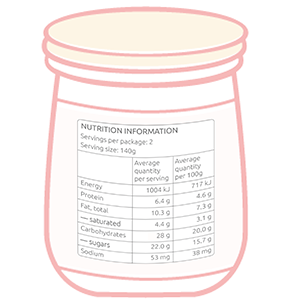 The nutrition information panel (NIP) shows the number of servings in the package and the average amounts in a serving of food and per 100 grams (or 100 millilitres) of food for:
The nutrition information panel (NIP) shows the number of servings in the package and the average amounts in a serving of food and per 100 grams (or 100 millilitres) of food for:
- energy (in kilojoules)
- protein
- fat (including saturated fat)
- carbohydrates (including sugars)
- sodium
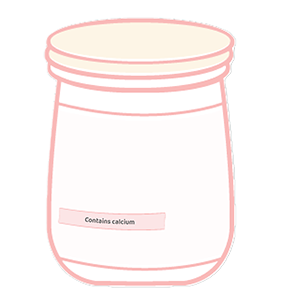 There are strict requirements about claims that can be made and how they should be written on a label.
There are strict requirements about claims that can be made and how they should be written on a label.
Nutrition content claims are claims about the content of certain nutrients or substances in a food. For example, contains calcium.
Health claims refer to a relationship between food and health. For example, calcium for bone and teeth.
Allergen labelling requirements
Food labels help allergic consumers identify foods that contain allergens they need to avoid.
If any of the following ingredients are contained in a product, its presence must be declared on the label, using the required name specified in the Food Standards Code:
- cereals containing gluten and their products, namely, rye, barley and oats and their hybridised strains, other than where these substances are present in beer and spirits
- wheat, irrespective of whether it contains gluten, and their hybridised strains. This excludes where these substances are present in beer and spirits. This also excludes alcohol distilled from wheat and glucose syrups made from wheat starch under certain conditions.
- The following tree nuts - almond, Brazil nut, cashew, hazelnut, macadamia, pecan, pine nut, pistachio, walnut
- crustacea
- egg
- fish, except for isinglass derived from swim bladders and used as a clarifying agent in beer or wine
- milk, excluding milk distilled from whey
- added sulphites in concentrations of 10mg/kg or more
- lupin
- mollusc
- peanut
- sesame seed
- Soybean, excluding specified soybean oil under certain conditions and soybean derivatives that are tocopherol or phytosterol.
Allergens must be declared both in the statement of ingredients, and in a distinctly separate summary statement next to the statement of ingredients. For more information, refer to the allergen labelling fact sheet.
Bee pollen, propolis and royal jelly
Bee pollen, or a food containing bee pollen as an ingredient must contain an advisory statement indicating that the product contains bee pollen which can cause severe allergic reactions.
Propolis, or a food containing propolis as an ingredient must contain an advisory statement indicating that the product contains propolis which can cause severe allergic reactions.
Royal jelly, or a food containing royal jelly as an ingredient must display the following warning statement: ‘This product contains royal jelly which has been reported to cause severe allergic reactions and in rare cases, fatalities, especially in asthma and allergy sufferers’.
Precautionary labelling
Some food labels may include a warning to show that the food product may inadvertently contain a food allergen, for example, ‘may contain traces of nuts’ or ‘made on the same equipment as products containing nuts’. This means that the manufacturer cannot be sure that the food doesn’t accidentally contain small amounts of the allergen.
These are not mandatory declarations, however if you are allergic to any of the foods mentioned in these warnings, you may wish to avoid these food products as a precautionary measure.
Other requirements
Food Standards Australia New Zealand (FSANZ) provides information to help consumers understand all the food labelling requirements, and how to read food labels.
Food label topics covers the requirements and what that label is telling you. It covers:
- Country of origin labelling
- Fish labelling
- GM food labelling
- Health advisory labels on alcoholic beverages
- Health claims (nutrition, health and related claims)
- Ingredient lists and percentage labelling
- Labelling for religious, environmental, animal welfare and other consumer value issues
- Nutrition information panels
- Truth in labelling
- Warning and advisory statements
- Use by and best before dates
More information
Online tools
- Not sure if you need a food label? Take the Do I need a label? quiz to find out
- Learn how to create a label and a product sheet using the Label Buster tool
- Country of origin labelling tool
Read about:
- Labelling requirements in the Label Buster guide
If you have any further questions regarding relating to the labelling of fermented food, contact your local Queensland Health Public Health Unit.